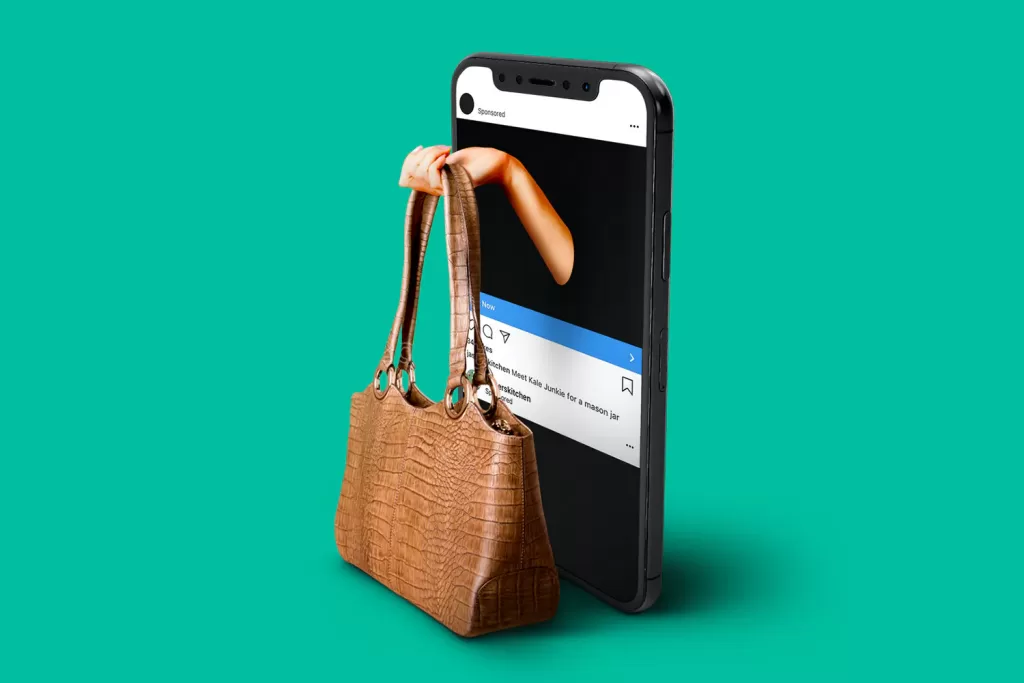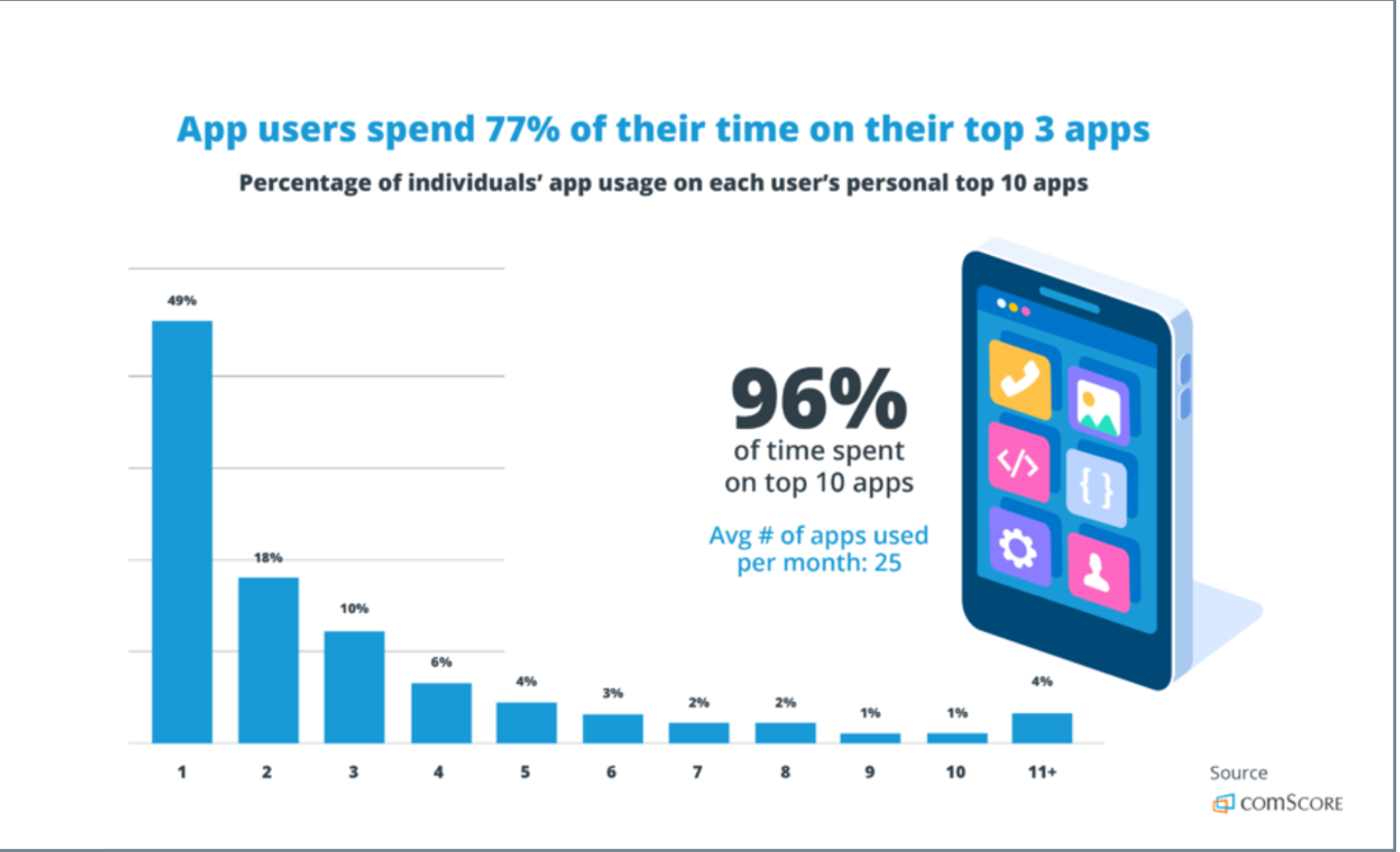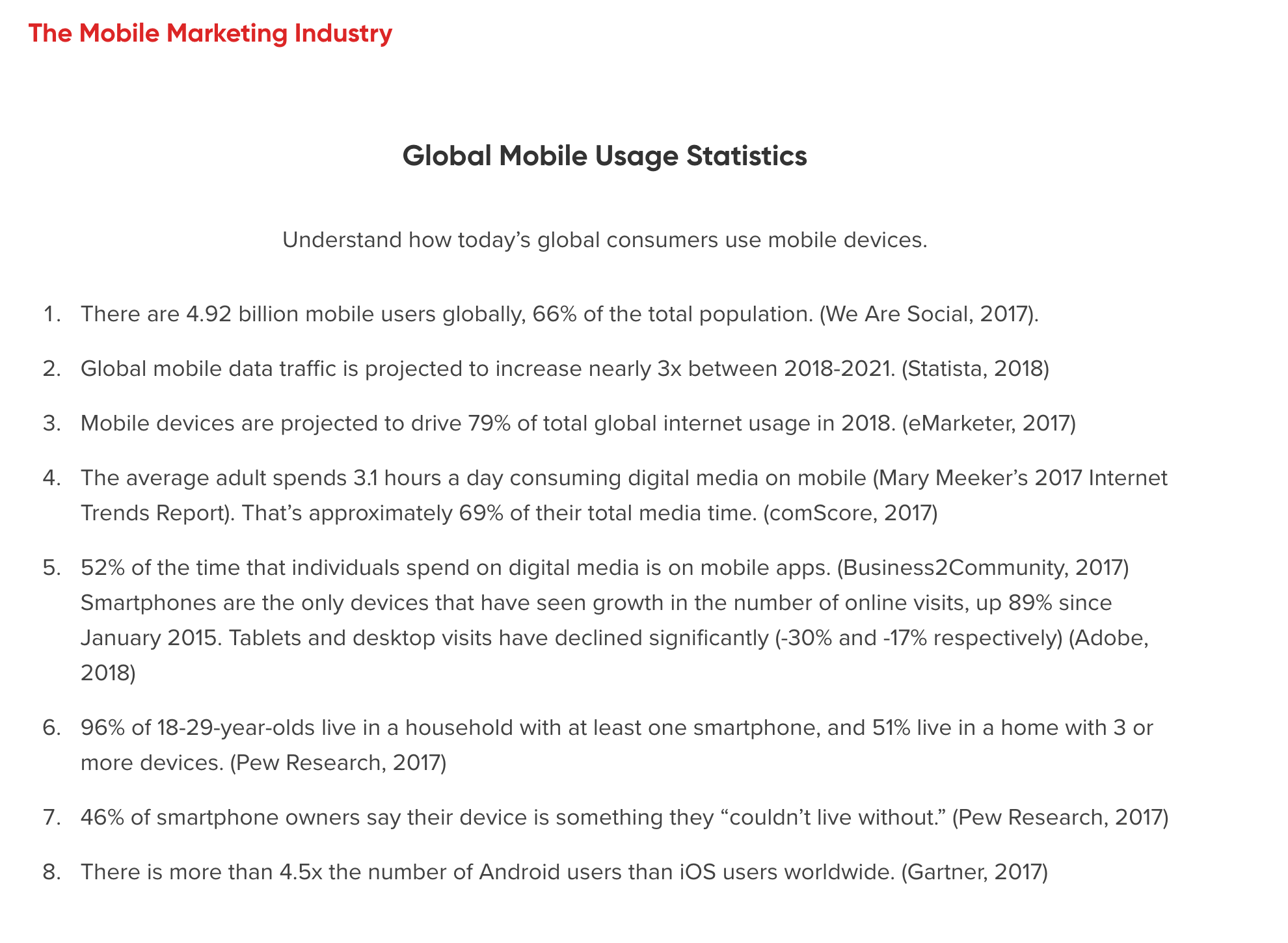iOS 14.5 brings exciting new features to iPhone, including the ability to unlock iPhone with Apple Watch while wearing a face mask, more diverse Siri voices, new privacy controls, skin tone options to better represent couples in emoji, and much more. iOS 14.5 builds on the reimagined iPhone experience introduced in iOS 14, and is available today as a free software update.
Unlock iPhone with Apple Watch
Starting today, customers can use their Apple Watch to securely unlock iPhone when attempting to use Face ID while wearing a face mask. With Apple Watch on the wrist, unlocked, and in close proximity to iPhone, users can simply glance at their iPhone and they will receive haptic feedback from Apple Watch, indicating their iPhone has been unlocked. The new feature works with iPhone X and later and Apple Watch Series 3 and later.1
Siri Enhancements
With iOS 14.5, Siri no longer has a default voice, allowing users to choose the voice that speaks to them when they first set up their device, and in English, users can now select more diverse voice options. These new Siri voices use Neural Text to Speech technology for an incredibly natural sound. These updates further Apple’s long-standing commitment to diversity and inclusion, with products and services that are designed to better reflect our customers and the world.
Siri also gains new capabilities with support for Group FaceTime, making it easier to initiate calls with multiple contacts or ask Siri to FaceTime the name of any group in Messages. In addition to incoming messages, Siri can now announce incoming calls through AirPods or compatible Beats headphones, and supports calling emergency contacts if the iPhone owner needs assistance and is unable to make a call. During setup, Siri offers two more diverse voice options and no longer has a default, giving users a way to select the one that speaks to them.







 Consumers spent a whopping $64.9 billion in app stores by Google and Apple during the first half of the years, according to the
Consumers spent a whopping $64.9 billion in app stores by Google and Apple during the first half of the years, according to the 

